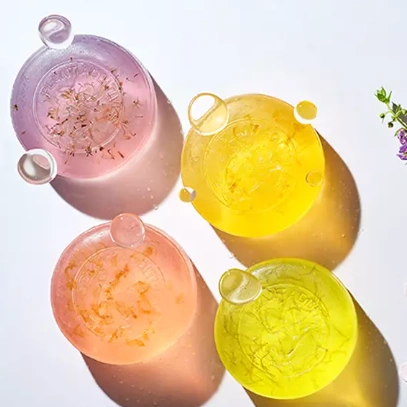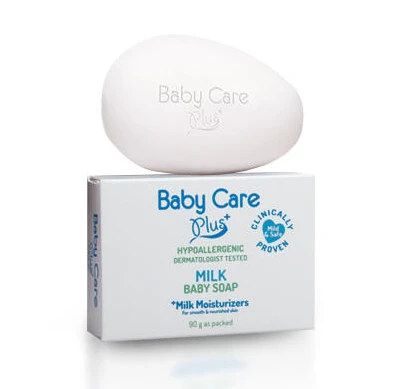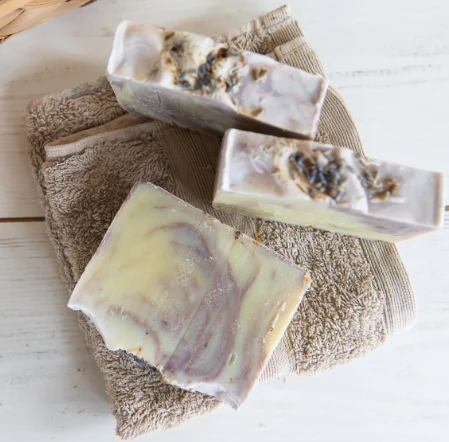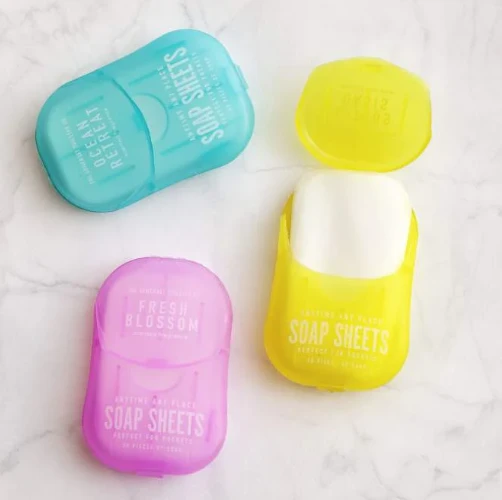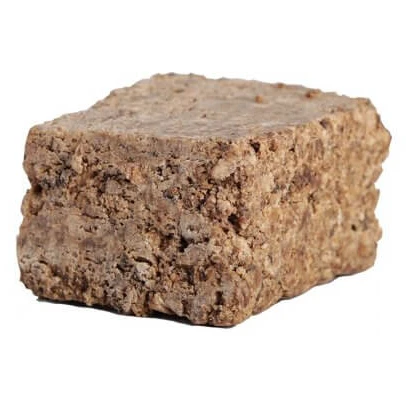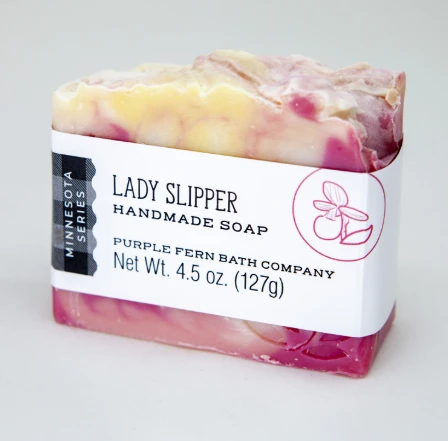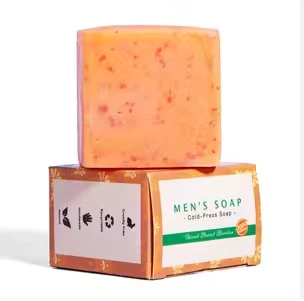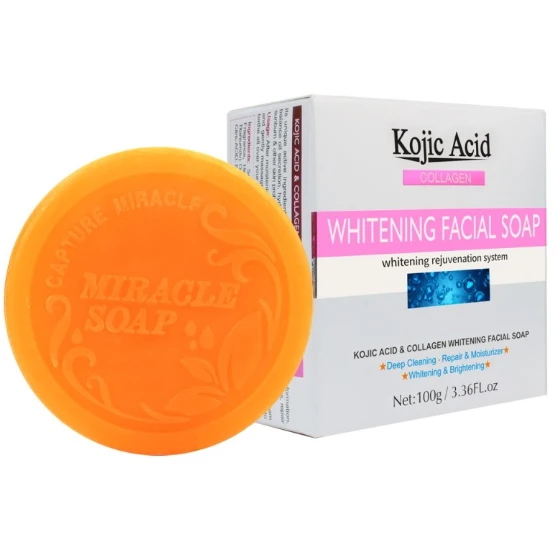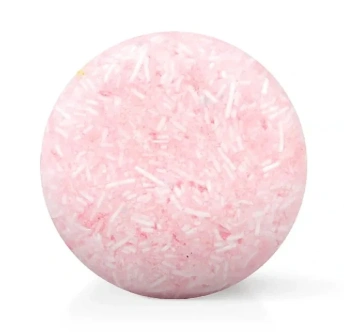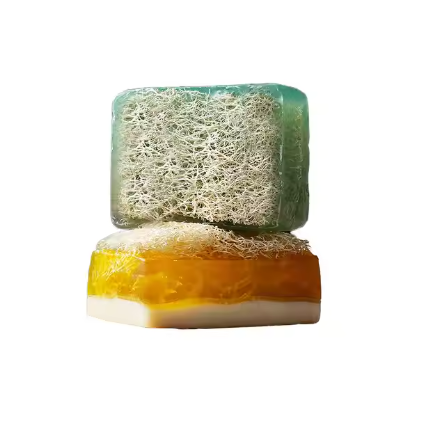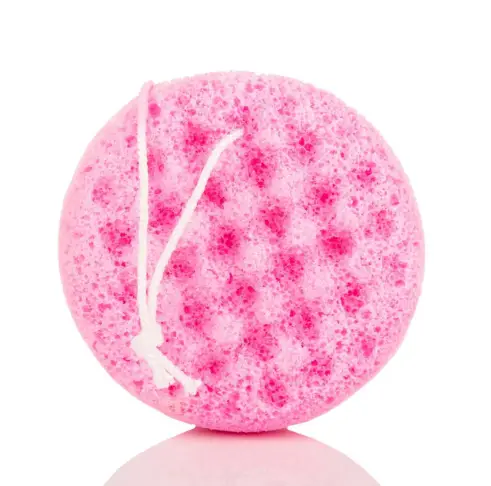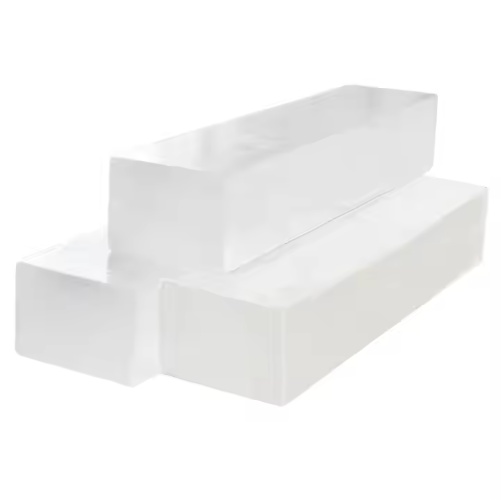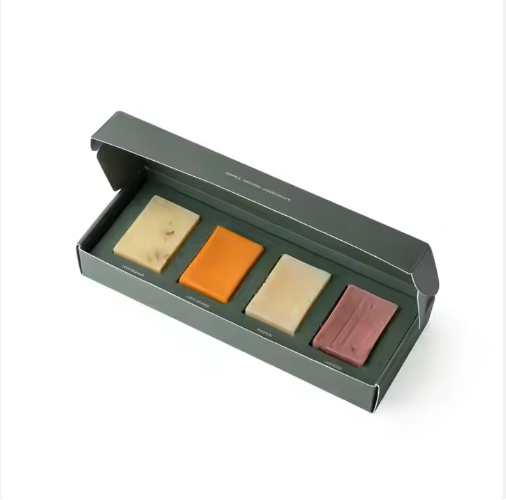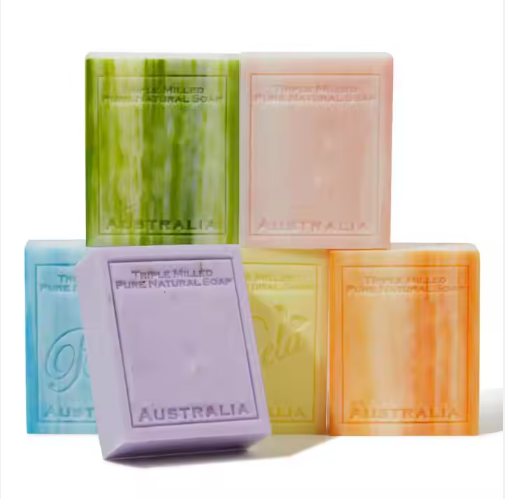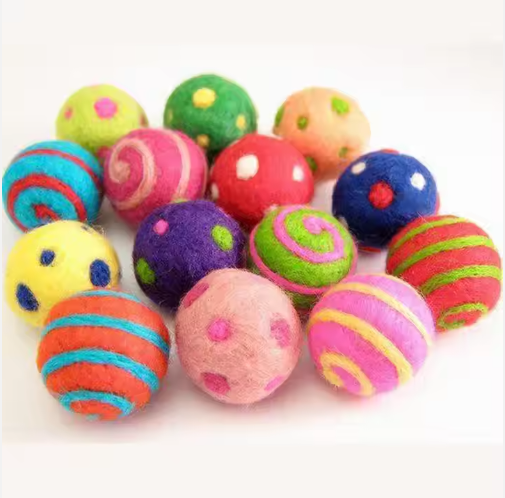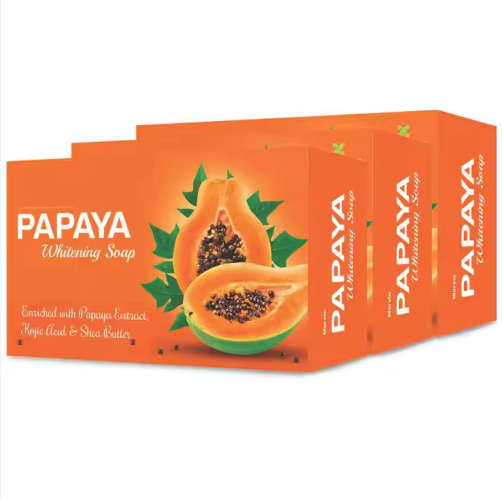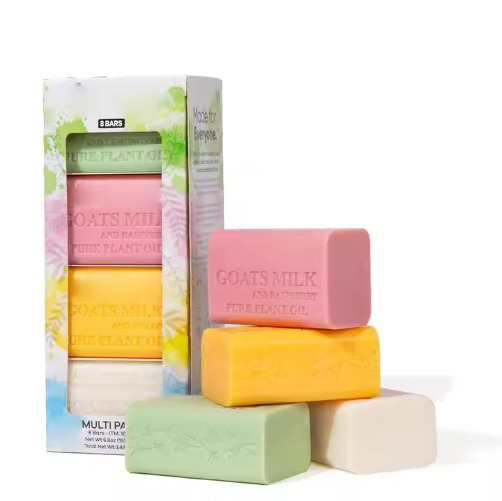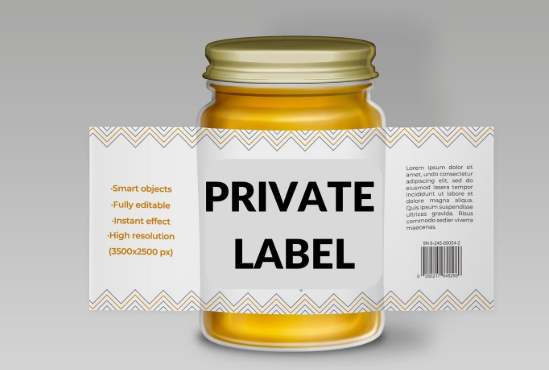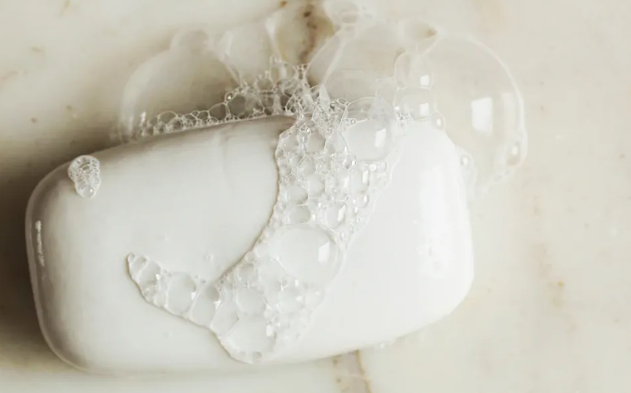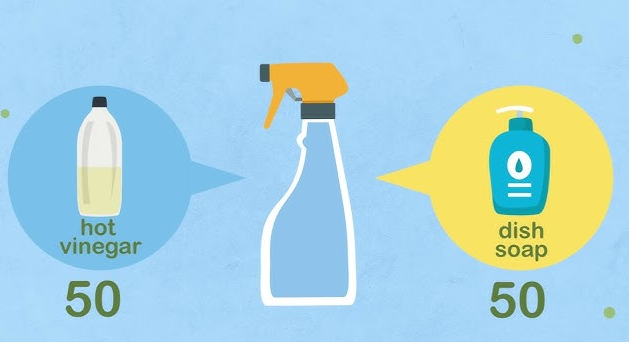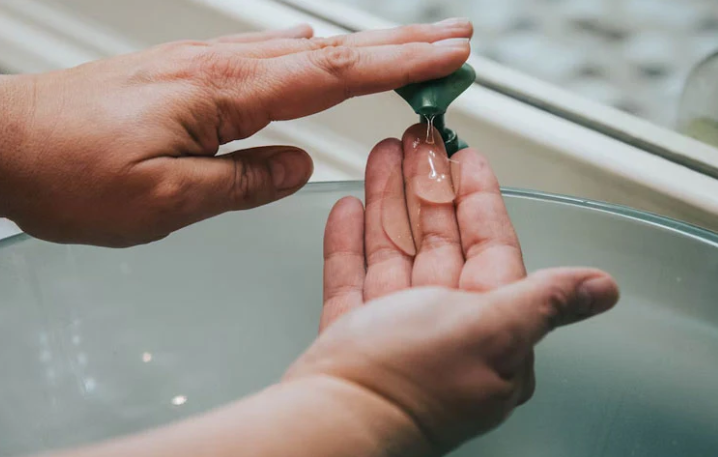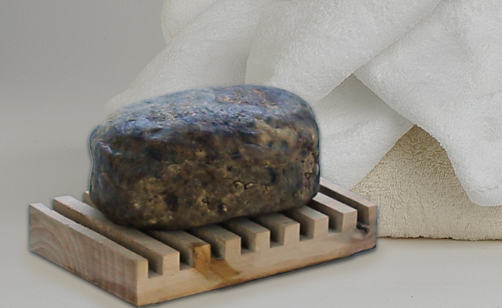What is sugar soap and how to use
what is sugar soap?
Sugar soap is a mild detergent that is ideal for cleaning paintwork to improve adhesion before you add any new paint. But the obvious question is, is there any sugar in sugar soap? No, it gets its name from the fact that in its powdered form it looks a bit like sugar – it's white and has small crystals.
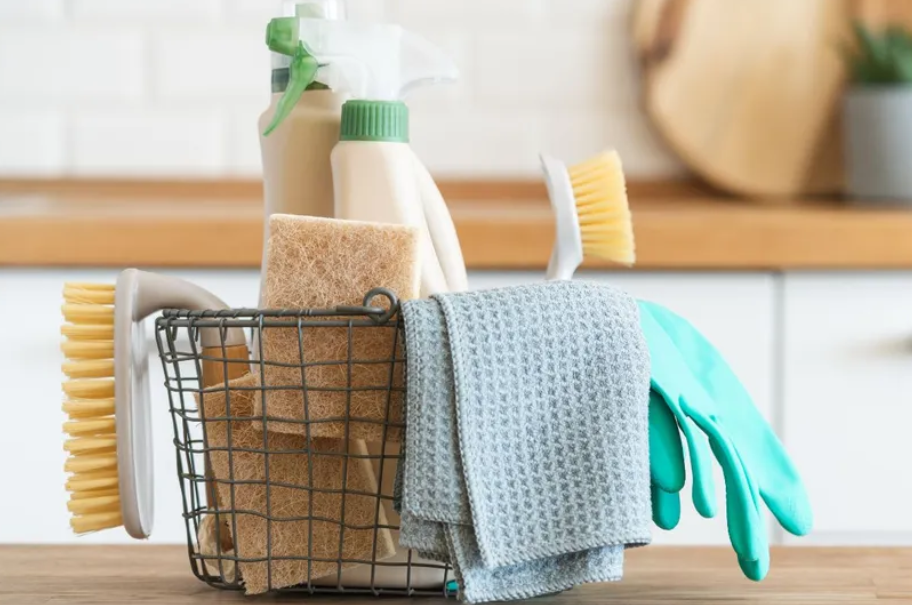
The liquid concentrate is the more popular choice as it's really simple to use. You simply add the concentrate to a bucket of warm water and it's ready to go.
A typical example would be around 150ml of sugar soap to 5 litres of water. But you can add a little more to get a stronger solution for stubborn dirt and grease. (Bear in mind, you should wear rubber gloves, especially if you have sensitive skin)
Where and how to use sugar soap?
The main reason to consider sugar soap is that a general-purpose cleaner isn’t always the right choice. For example, there are some stubborn stains and grime buildups that a general cleaner can’t handle. Other times, a general cleaner might be too harsh for the surface you want to clean. Finally, a general cleaner may also leave residues on the surface.
Sugar soap doesn’t have any of these shortcomings. Sugar soap can remove most stubborn stains and grime from most sensitive surfaces without causing damage or leaving residues. Here are some examples of what sugar soap can be used to clean.
Cleaning walls before painting
Sugar soap is most commonly used to clean walls before painting to remove dirt, grease, and tough stains. Thoroughly cleaning your walls is an essential step when preparing them for painting, as a clean and smooth surface helps the paint to adhere properly (no one wants a patchy finish, after all).
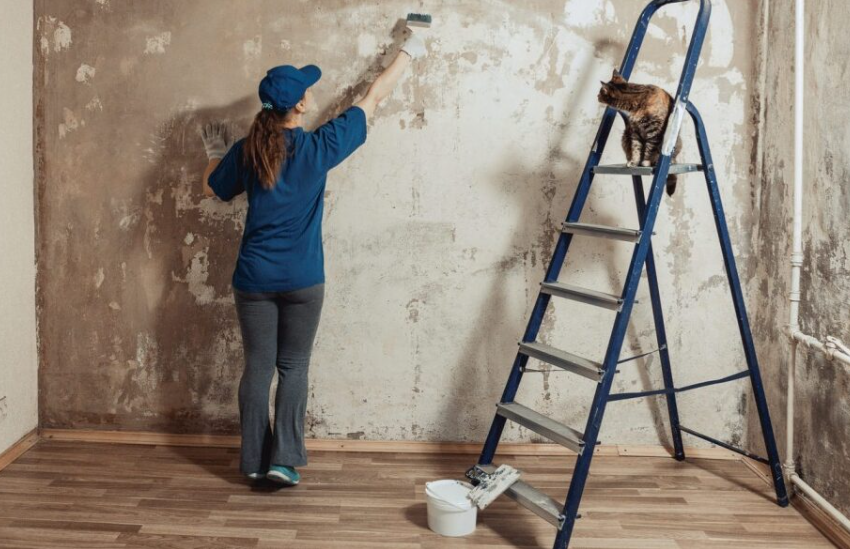
Before you use sugar soap, you’ll need to prepare a solution. Most sugar soap comes in powder or liquid form. If you're using the powdered form, you will typically mix it with water according to the manufacturer's instructions (a common ratio is one part sugar soap to ten parts water). Sugar soap can be drying or irritating to sensitive skin, so it’s a good idea to wear gloves and, if necessary, eye protection, especially if you’re mixing a powdered form.
To clean walls, simply dip a sponge or cloth into the sugar soap solution and wring it out to avoid excess dripping. Use gentle, circular motions to remove dirt and grease from the wall's surface, and for stubborn stains, let the solution sit for a few minutes before scrubbing.
Degreasing your kitchen
Sugar soap is also perfect for cleaning kitchen grease – cutting through greasy stovetops, backsplashes, and other grimey surfaces with ease. Simply apply the sugar soap with a sponge or spray bottle directly onto the surfaces you wish to clean and leave it for a few minutes to break down the grease. Scrub away with a non-abrasive pad if necessary and allow to dry.
Cleaning bathrooms
Sugar soap is known to be effective in tackling soap scum and hard water stains when cleaning bathroom sinks, tubs, and showers. It works particularly well on ceramic and porcelain surfaces, so spray or sponge it onto showers, tubs, and sinks when cleaning a bathroom to combat grime. Make sure you rinse the areas thoroughly after scrubbing to prevent soap scum build-up.
Washing floors
Another common use of sugar soap is cleaning tiled floors to remove stubborn stains and built-up dirt. Mix sugar soap in a bucket of water for tile and linoleum floors and mop the floors as usual, making sure to change the water halfway through this process if it gets too dirty.
After you have cleaned any surface with sugar soap you should rinse it with clean water. You should also allow the surfaces to air dry completely or wipe them down with a dry cloth. This step is particularly important when prepping walls for painting or ensuring no water marks are left on bathroom fixtures or kitchen counters.


